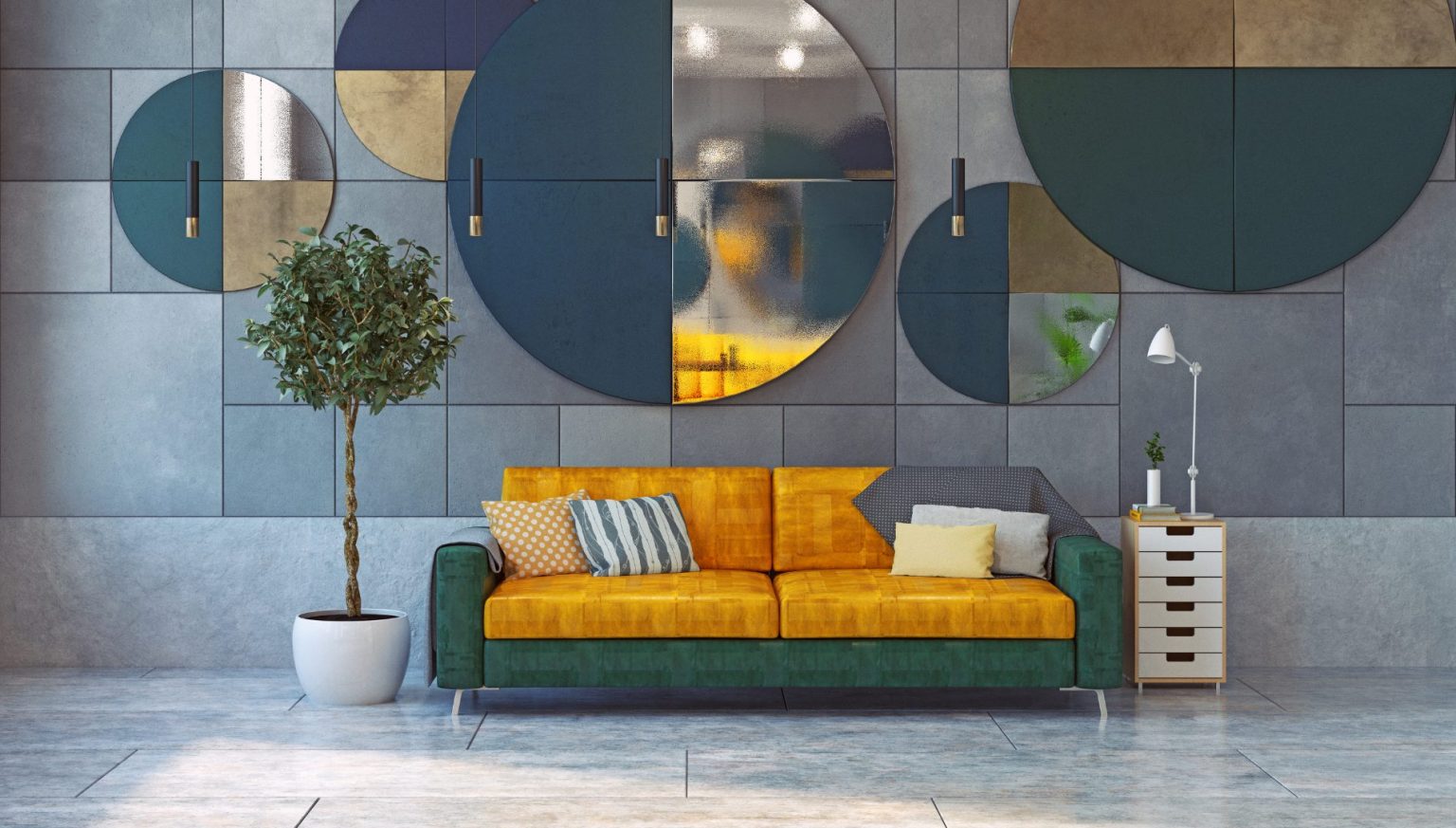Have you ever walked into a furniture store, fallen in love with a room display, but couldn’t explain what you liked about it? You’re not alone. The Interior Design Market is projected to grow from USD 137,865.19 million in 2023 to an estimated USD 222,266.43 million by 2032. Learning specific interior design phrases transforms vague feelings into clear, actionable descriptions that help you shop smarter and communicate better with professionals.
Whether you’re renovating your entire home or simply updating your home decor description vocabulary, the right words make all the difference. Instead of saying “I want something cozy,” you’ll be able to articulate exactly what creates that feeling you’re after.
Essential Interior Design Phrases That Transform Communication
Now that you understand the power of precise design communication, let’s dive into the fundamental vocabulary that will elevate your interior design conversations from amateur to professional-level clarity. Think of these phrases as your design translation tools.
When shopping for living room area rugs or any other home furnishings, specific terminology helps you communicate your vision. You’ll find that salespeople respond better when you use precise language, and you’re more likely to find exactly what you’re looking for.
Color and Texture Vocabulary for Home Decor Description
Color descriptions go far beyond “blue” or “brown.” Terms like “warm undertones,” “cool palette,” and “saturated hues” convey specific visual qualities. You might describe a room as having “monochromatic harmony” or “complementary contrast.”
Texture vocabulary includes phrases like “tactile appeal,” “visual weight,” and “surface variation.” Instead of saying something feels “soft,” try “plush pile” or “luxurious hand feel.” These specific terms help others understand exactly what you’re envisioning.
Spatial Relationship Terms Every Homeowner Should Know
While mastering color and texture language helps you describe what you see and feel, understanding spatial relationship terminology enables you to articulate how elements work together within your living space. Words like “proportional balance,” “visual flow,” and “scale relationship” become essential.
Consider phrases like “traffic pattern,” “sight lines,” and “functional zones.” These terms help you explain how people move through and use your space. When you can articulate “vertical emphasis” versus “horizontal expansion,” you’re speaking like a professional.
Advanced Interior Design Phrases for Professional Communication
Having mastered rug-specific vocabulary, you’re ready to expand your communication toolkit with sophisticated phrases that facilitate seamless collaboration with interior design professionals. These advanced terms demonstrate your design knowledge and help professionals take you seriously.
Professional designers appreciate clients who understand design terminology. It makes their job easier and ensures better project outcomes.
Architectural Element Descriptors
Architectural vocabulary includes terms like “crown molding,” “wainscoting,” and “coffered ceilings.” You might discuss “built-in millwork,” “window treatments,” or “accent lighting.” These phrases help you communicate about your home’s permanent features.
Consider learning terms like “focal point,” “architectural interest,” and “structural elements.” When you can discuss “ceiling height” and “natural light exposure,” you’re providing valuable information that affects design decisions.
Furniture and Layout Communication Techniques
While architectural terminology helps you discuss your home’s bones, furniture, and layout vocabulary enables you to articulate how you’ll bring those spaces to life. Terms like “conversation grouping,” “traffic flow,” and “functional arrangement” become essential.
Layout phrases include “open floor plan,” “defined spaces,” and “multi-purpose functionality.” When discussing furniture, use terms like “scaled appropriately,” “style cohesion,” and “finish coordination.” This vocabulary helps professionals understand your lifestyle needs and aesthetic preferences.
Digital Age Design Communication: Modern Phrases and Platforms
Traditional design vocabulary remains essential, but today’s digital-first world demands fluency in modern platforms and technology-enhanced communication methods. Social media has created entirely new ways to discuss design.
Understanding digital design language helps you communicate effectively across platforms and with younger design professionals who think in terms of online content.
Social Media and Online Shopping Descriptive Language
Interior design phrases for digital platforms include “Instagram-worthy,” “Pinterest-inspired,” and “story-ready styling.” You might describe something as “feed-aesthetic” or “mood board material.” These terms communicate visual appeal in social media contexts.
Online shopping requires phrases like “customer reviews,” “detailed specifications,” and “return policy considerations.” When shopping digitally, you need vocabulary that helps you evaluate products without seeing them in person.
Technology-Enhanced Design Description Methods
Beyond crafting Instagram-worthy descriptions, emerging technologies require entirely new vocabulary to navigate virtual consultations and digital design tools effectively. Terms like “augmented reality preview,” “3D modeling,” and “virtual staging” become increasingly important.
Consider phrases like “digital color matching,” “online visualization tools,” and “remote consultation capability.” This technology vocabulary helps you communicate with modern design professionals who use digital tools extensively.
Building Your Personal Interior Design Vocabulary
While organizing your current vocabulary creates immediate benefits, staying current with evolving design terminology ensures your communication skills remain sharp and relevant. Creating a personal design vocabulary system helps you remember and use new terms effectively.
Think of vocabulary building as an ongoing investment in your design communication skills. The more precise your language becomes, the better your design outcomes will be.
Creating a Design Phrase Reference System
Start a design vocabulary journal or digital file where you collect new terms. Include definitions and context examples so you remember how to use phrases correctly. Organize terms by category: color, texture, spatial relationships, and specific product types.
Consider creating mood boards with terminology overlays. This visual approach helps you connect words with actual design elements, making the vocabulary more memorable and practical.
Continuous Learning and Phrase Expansion
Follow design blogs, watch renovation shows, and attend home tours to encounter new vocabulary in context. Pay attention to how professionals describe design elements and take notes on unfamiliar terms.
Practice using new vocabulary in low-stakes situations, like describing your current space to friends or writing product reviews. The more you use design terminology, the more natural it becomes.
FAQs
How do you describe a good interior design?
Well-designed spaces feature materials that are creatively configured to make them both usable and beautiful. Interior designers bring different materials and techniques together, including color, fabrics, and objects, to create the look and feel of a space.
Why is it important for interior designers to understand how to estimate for materials?
Interior design estimation involves calculating the cost of materials, labor, and services required to complete a design project. It ensures the project stays within budget while maintaining quality and aesthetics.
What is an interior designer’s understanding of a concept?
A concept is not a detailed design – it’s like an initial idea with a rationale. The layout is the fundamental concept for me – how do you experience the space? What is your journey through the space – does it flow?
Your Design Communication Journey Starts Now
Mastering interior design phrases transforms how you shop, communicate with professionals, and achieve your design goals. Start small by incorporating a few new terms into your daily design conversations, and gradually build your vocabulary over time. Remember, confident communication leads to better design outcomes and more satisfying home environments that truly reflect your style.
Learning terms like “focal point,” “texture layering,” or “color palette” empowers you to articulate your vision clearly. This knowledge helps you navigate showrooms, collaborate with designers, and curate spaces with intention. Over time, your enhanced vocabulary will make every design decision more informed and impactful.






